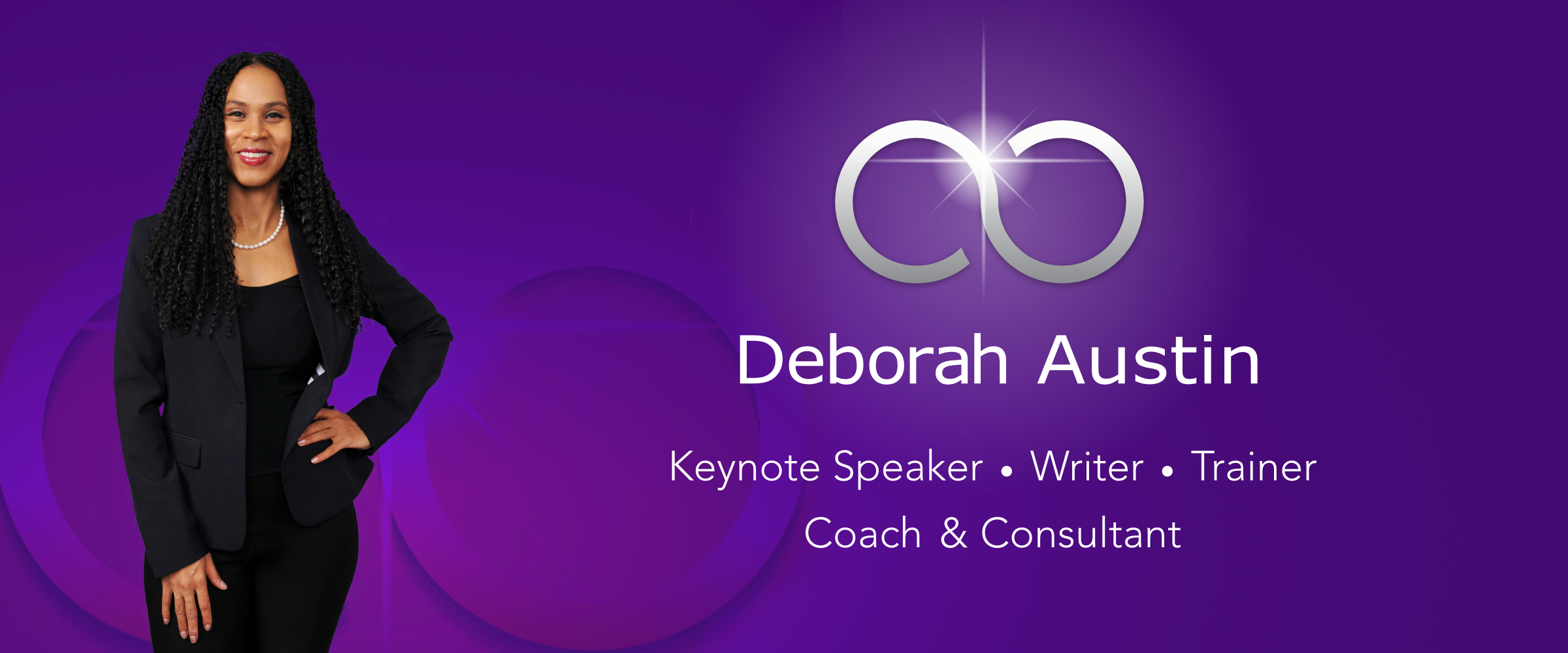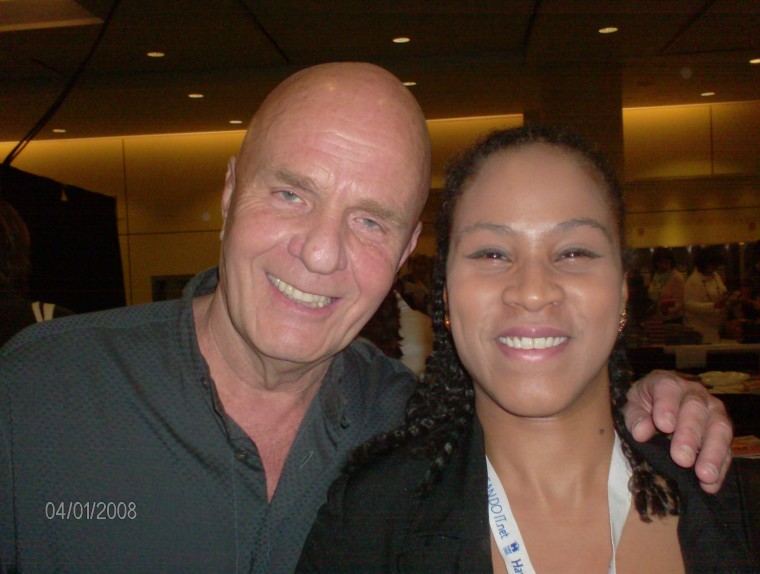Learning the fundamentals of public speaking can help you to become a more effective speaker and overall communicator. While the fundamentals can be grouped or categorized in different ways, this is how I describe the fundamentals of public speaking. They are:

1. Know the purpose of your speech. Knowing the purpose of your speech helps you to communicate clearly the message that you want to convey to your audience. Think about whether your purpose is to persuade, inform, inspire, motivate, or entertain.
2. Know your audience. Identify who your audience members are. Develop your presentation to meet their requirements and needs.
3.Develop great content. How do you develop great content? Developing great content means knowing your audience well and using stories and anecdotes to engage them. It also means doing the required research for the main points of your presentation and using supporting material.
4.Have great speech organization. Having great content alone in a presentation is not sufficient. Learning how to organize that content effectively is a fundamental. Learning effective speech structure ensures that you have a clear introduction, body, and conclusion for your presentation. The beginning of the presentation should attract the audience’s attention, the body supports your main points and the conclusion summarizes your main points.
5. Be conscious of your language usage. Use powerful words when you write your presentation. Use clear and descriptive words that will communicate your message.
6.Use your voice for maximum impact. Your voice is like an instrument that you use to communicate. When delivering a presentation remember to use vocal variety and be aware of your volume, pitch, and rate of speaking. A key skill is learning how to use pauses for maximum impact.
7. Use your body language and gestures effectively. Your body is the vehicle through which you communicate. Make sure that your nonverbal language accurately matches your message.
8. Use the stage platform to your advantage. Be consciously aware of how you use your speaking area or “stage platform.” The platform could be an actual stage, a podium in front of a meeting room, or a conference table for an interview. Utilize your stage platform to your advantage.
9. Use your facial expressions and eye contact effectively. When delivering a presentation, your face conveys your emotions. Make sure that your facial expressions are in alignment with the message that you are communicating. Remember that smiling and effective eye contact are critical when building rapport with an audience.
10. Know how to use your visual aids. Visual aids such as PowerPoint presentations are tools that help you communicate or emphasize your message. Practice with them ahead of time to ensure that you are using them effectively.
11. Know Your Strengths. Do an assessment of your strengths and use them consistently in your presentations. One of the best ways to determine your strengths is to obtain feedback on your presentation skills from people you know and trust. Another way to determine your strengths (and areas of improvement) is to record yourself on video so that you can see how you present. Be confident in yourself!
12. Authenticity. When delivering a speech or another type of presentation be yourself. Whether it be a personal or professional endeavour, be authentic. Being authentic means doing the required work so that you can use your gifts, talents, skills, and strengths to deliver the best possible speech or presentation that you can deliver.
By knowing the fundamentals of public speaking, you will set yourself up for success in your speeches and presentations. Below are previous posts on related topics. If you received value from this post, please comment and share.
Be Yourself
The Audacity To Be Seen and Heard
Speech Purpose
Know Your Speech Purpose
Speech Organization
Take Your Audience on a Journey
Language Usage
Use Powerful and Affirming Words
Use Nonverbal Communication Effectively
Nonverbal Communication









